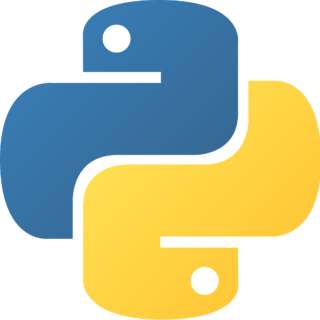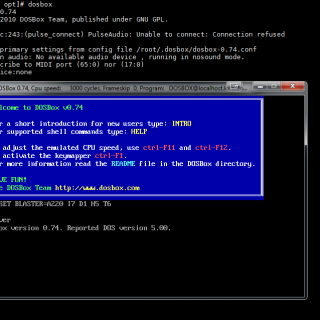
How to adapt the scap-security-guide for DISA CIS for CentOS8 Linux
The scap-security-guide changes in format with each new guide. CentOS 8 is not fully represented within the guide. The XMLs provided differ in context, so the RHEL XML must be used to generate the report but requires a small patch to do so. The CUI Profile The ssg-rhel8-ds-1.2.xml contains the profile cui, while the one for ssg-centos8-ds-1.2.xml does not. [root@admin…
Read More »






